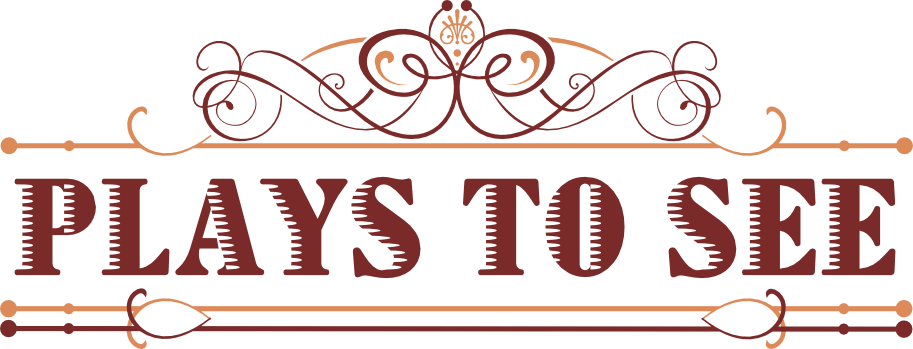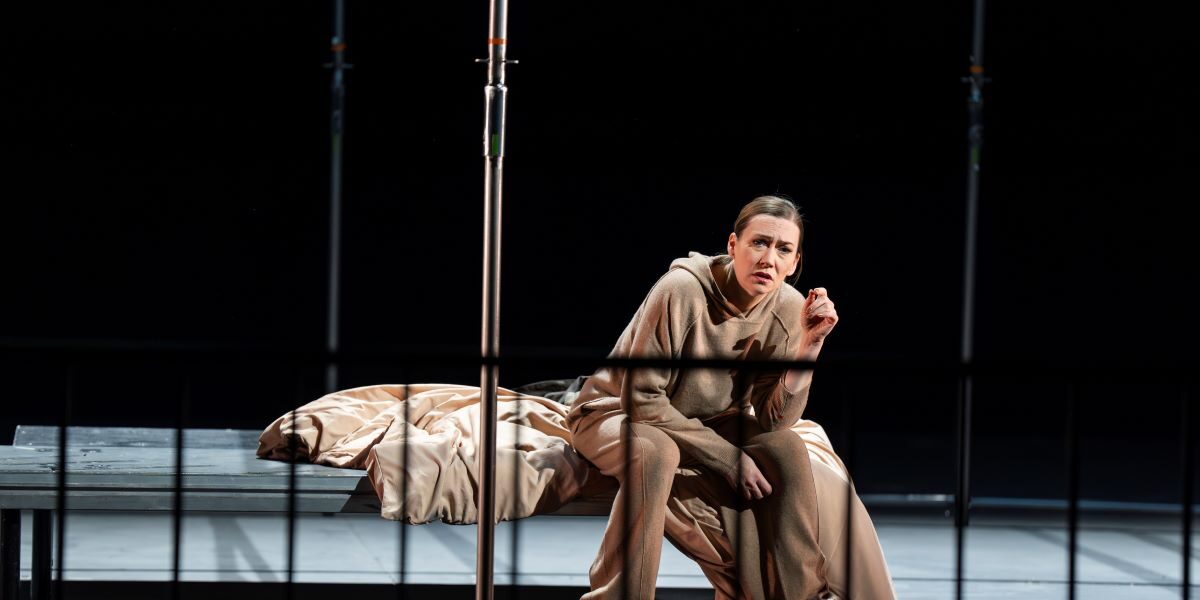If you find yourself browsing the bookshops at stations and airports there is almost always to be found a new biography of Mary, Queen of Scots, presenting her as the archetypal romantic heroine – dainty, wronged and in distress. It is a relief and a tonic to have the chance to turn to Thea Musgrave’s tough-minded feminist portrayal which returns agency to Mary and offers a much more historically accurate account of the dilemmas of female rulership in sixteenth-century Scotland.
Musgrave’s libretto focuses on the years 1561 to 1567, between Mary’s return from France to her abdication and flight into England (the point at which Donizetti’s Maria Stuarda begins). These are the years when Mary has to grapple with the impact of the Reformation and three factions, led by men who essentially want to rule in her place – her half-brother, James Stewart, a guileful politician; Darnley, a charming but irresolute drunkard; and Bothwell, an effective but thuggish soldier. Instead of playing them off against one another, the strategy preferred by her contemporary, Elizabeth of England, she falls for the superficial glamour of Darnley and then places herself successively in the power of both James and Bothwell, triggering her own humiliation and downfall, culminating in her flight to England. Musgrave’s plotting shows well both the weakness of the hand Mary is dealt, but also how disastrously she plays it.
The music is accessible and dramatically powerful. The several scenes of plotting and crowd violence have powerful architecture and credibility, and all the lead roles are well performed. There are few formal arias, with much of the music written in a continuous recitative and arioso style. There are more set-piece solos in the second half, where the orchestra itself comes more into its own as an independent commentator, rather than suggestive underscore. Musgrave’s orchestral writing is sonically inventive with plenty of solo instrumental moments bubbling up under Joana Carneiro’s brisk, incisive direction.
Mary’s role is musically demanding, set mainly high in the register, much of it to be performed under pressure. Heidi Stober rose very well to these challenges and acted plausbily across the spectrum from cultured regal poise through to despair. Rupert Charlesworth captured Darnley’s surface glamour and brittle spite most compellingly, and Alex Otterburn found many shades of meaning in James Stewart’s complex resentments. John Findon and Alastair Miles have less to work with in more two-dimensional roles, but made their parts register. Barnaby Rea made the most of the part of Riccio, including tasteful singing of elements of Scottish folk song. The chorus, as usual in this company, are excellent and thoroughly convincing as a crowd of fickle moods.
The production values, however, leave a lot to be desired. Stewart Laing has chosen to relocate the action to the present day, and to dress most of the cast down in undifferentiated casual costumes. This fights against the grain of the drama itself which is set mostly at a court where representation of hiearchy is foundational – indeed the murder of Riccio takes place because those boundaries have allegedly been discarded. I assume this was a deliberate rather than budgetary choice, given that ENO has a huge costume archive, and it is an undoubted handicap. Likewise, the set, mostly a marquee, under construction and dismantling, contributed little to the action.
That said, the drama and music is performed with an entirely appropriate blazing intensity and deserves more than the two performances it will receive. It was good to see the huge appreciation of the audience go to the composer, sitting in the front row on press night.
English National Opera
Music and Libretto: Thea Musgrave
Director: Stewart Laing
Conductor: Joan Carneiro
Cast includes: Rupert Charlesworth, John Findon, Alastair Miles, Alex Otterburn, Barnaby Rea, Heidi Stober
Until 18 February 2025
2 hrs 30 mins, with interval
Photo Credit: Ellie Kurttz

